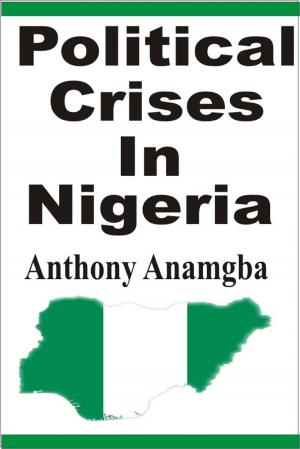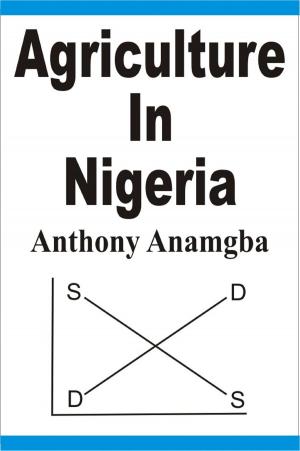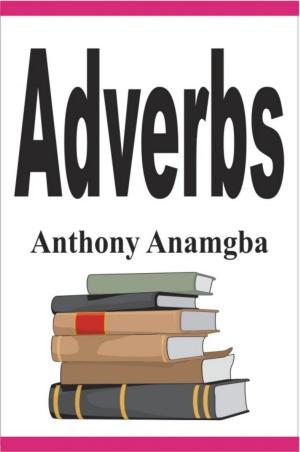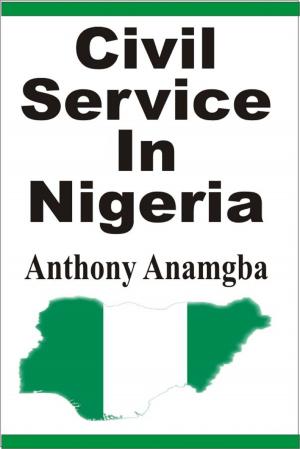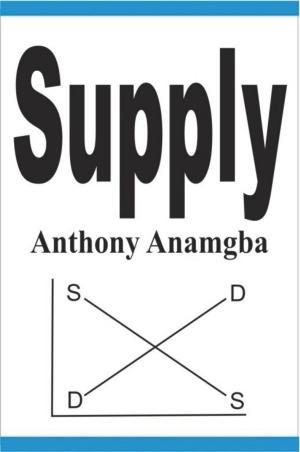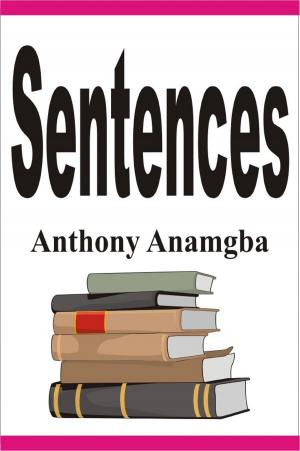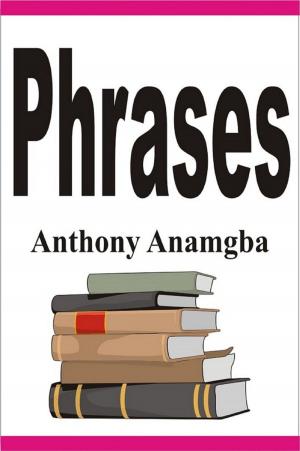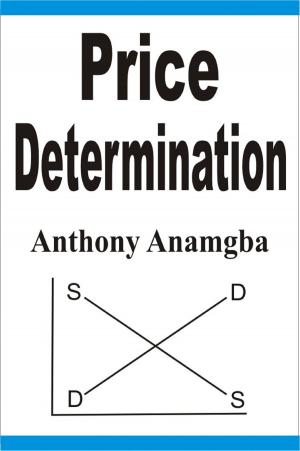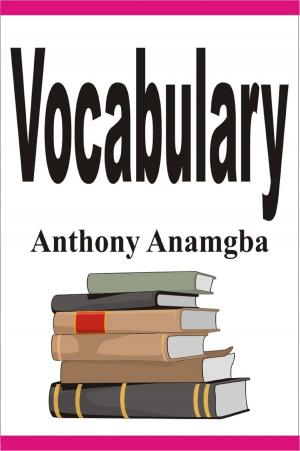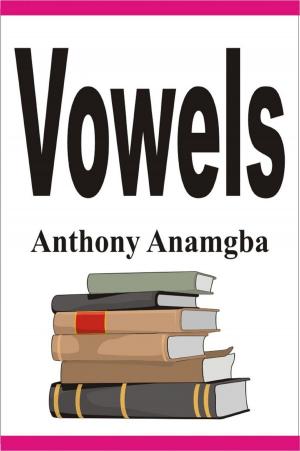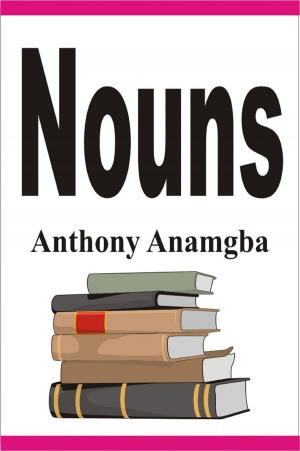| Author: | Anthony Anamgba | ISBN: | 9781386526650 |
| Publisher: | Anthony Anamgba | Publication: | March 25, 2017 |
| Imprint: | Language: | English |
| Author: | Anthony Anamgba |
| ISBN: | 9781386526650 |
| Publisher: | Anthony Anamgba |
| Publication: | March 25, 2017 |
| Imprint: | |
| Language: | English |
Verb is a word indicating an action, an event or a state of being. Verb moves the meaning of a sentence along by showing action like kill and run; occurrence like become and happen; or a state of being like is, seem and appear.
It is in this lucid manner that this book will teach you verbs.
It clearly explains the different types of verb. They include the lexical verb, auxiliary verb, regular verb, irregular verb, finite verb, non-finite verb, transitive verb, intransitive verb, stative verb, dynamic verb, and linking verb.
It analyzes the lexical verb. The lexical verb is a verb that can stand on its own and function meaningfully in a sentence. The lexical verb is the main verb.
It appraises the auxiliary verb. Auxiliary verb is of two major types. They are primary auxiliary verb and modal auxiliary verb. Primary auxiliary verbs are do, have, and (to) be. Modal auxiliary verbs are can/could, shall/should, will/would, may/might, must, ought to, used to, need not, and dare not.
It evaluates the regular verb and irregular verb. A verb is regular when its past tense and past participle are formed by adding -ed or -d to the base form. A verb is irregular when it does not follow the -ed or -d pattern.
It examines the finite verb and non-finite verb. When a verb has been changed into the tense, person and number required and it also has a subject, it is known as a finite verb. If a verb has not been changed and still retains its original form, it is called a base form of verb, non-finite verb or dictionary form of verb.
It identifies the transitive verb and intransitive verb. A transitive verb is a verb that is used with a direct object. An intransitive verb is a verb that may or may not be used with an object.
It discusses the stative verb and dynamic verb. A stative verb does not indicate an action that is continuing through time. A dynamic verb is a verb of action. It can indicate an action that is continuing through time.
It highlights the linking verb. A linking verb is a verb that joins a subject with a subject complement.
It identifies the five possible forms of verb. They are the base form, past tense form, past participle form, present participle form and -s form.
It lays emphasis on the nine tenses in English Language. They are the simple present tense, present continuous tense, present perfect tense, simple past tense, past continuous tense, simple future tense, present continuous tense, future perfect tense and future continuous tense.
It points out the common mistakes in the use of verbs. It throws light on the correct use of verbs.
And it contains many crucial questions designed to enable you master how to use verbs correctly.
Verb is a word indicating an action, an event or a state of being. Verb moves the meaning of a sentence along by showing action like kill and run; occurrence like become and happen; or a state of being like is, seem and appear.
It is in this lucid manner that this book will teach you verbs.
It clearly explains the different types of verb. They include the lexical verb, auxiliary verb, regular verb, irregular verb, finite verb, non-finite verb, transitive verb, intransitive verb, stative verb, dynamic verb, and linking verb.
It analyzes the lexical verb. The lexical verb is a verb that can stand on its own and function meaningfully in a sentence. The lexical verb is the main verb.
It appraises the auxiliary verb. Auxiliary verb is of two major types. They are primary auxiliary verb and modal auxiliary verb. Primary auxiliary verbs are do, have, and (to) be. Modal auxiliary verbs are can/could, shall/should, will/would, may/might, must, ought to, used to, need not, and dare not.
It evaluates the regular verb and irregular verb. A verb is regular when its past tense and past participle are formed by adding -ed or -d to the base form. A verb is irregular when it does not follow the -ed or -d pattern.
It examines the finite verb and non-finite verb. When a verb has been changed into the tense, person and number required and it also has a subject, it is known as a finite verb. If a verb has not been changed and still retains its original form, it is called a base form of verb, non-finite verb or dictionary form of verb.
It identifies the transitive verb and intransitive verb. A transitive verb is a verb that is used with a direct object. An intransitive verb is a verb that may or may not be used with an object.
It discusses the stative verb and dynamic verb. A stative verb does not indicate an action that is continuing through time. A dynamic verb is a verb of action. It can indicate an action that is continuing through time.
It highlights the linking verb. A linking verb is a verb that joins a subject with a subject complement.
It identifies the five possible forms of verb. They are the base form, past tense form, past participle form, present participle form and -s form.
It lays emphasis on the nine tenses in English Language. They are the simple present tense, present continuous tense, present perfect tense, simple past tense, past continuous tense, simple future tense, present continuous tense, future perfect tense and future continuous tense.
It points out the common mistakes in the use of verbs. It throws light on the correct use of verbs.
And it contains many crucial questions designed to enable you master how to use verbs correctly.

